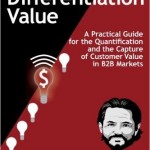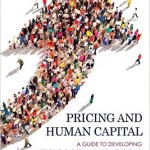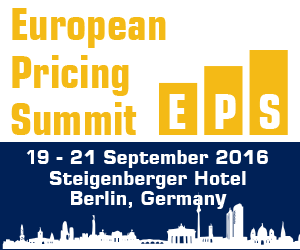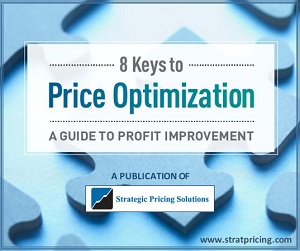Paper: Compilation – Consumer Inferences and Processing of Price Information | American Marketing Association
Selections from Journal of Marketing
June 2014 | Pricing
…
The other theme explored in this collection is how price perceptions are influenced by consumers’ abilities and norms in processing numerical information. Drawing on research that shows that many consumers are poor processors of numerical values presented in terms of percentages, Chen et al. (2012) advance the concept of “base value neglect” (BVN). The BVN phenomenon represents consumers’ tendency to ignore the base value to which percentages apply and instead focus their judgments exclusively on the percentages themselves. One marketing context in which this plays out (and is used as an experimental manipulation in Chen et al.’s studies) is marketers’ choice to provide a bonus amount of a product (50% more) versus a lower price (33% off) in a promotional context. For example, if coffee costs $12.00 per pound, a marketer can offer a promotion of 50% more (24 ounces) or sell the pound at 33% off (at $8.00). In both cases, the effective price would be $.50 per ounce. However, consumers overwhelmingly prefer the bonus amount because 50% > 33%. Consumers simply ignore the differences in base values (16 ounces, $12.00) when forming their preferences.
Read complete article here:
Compilation: Consumer Inferences and Processing of Price Information.















